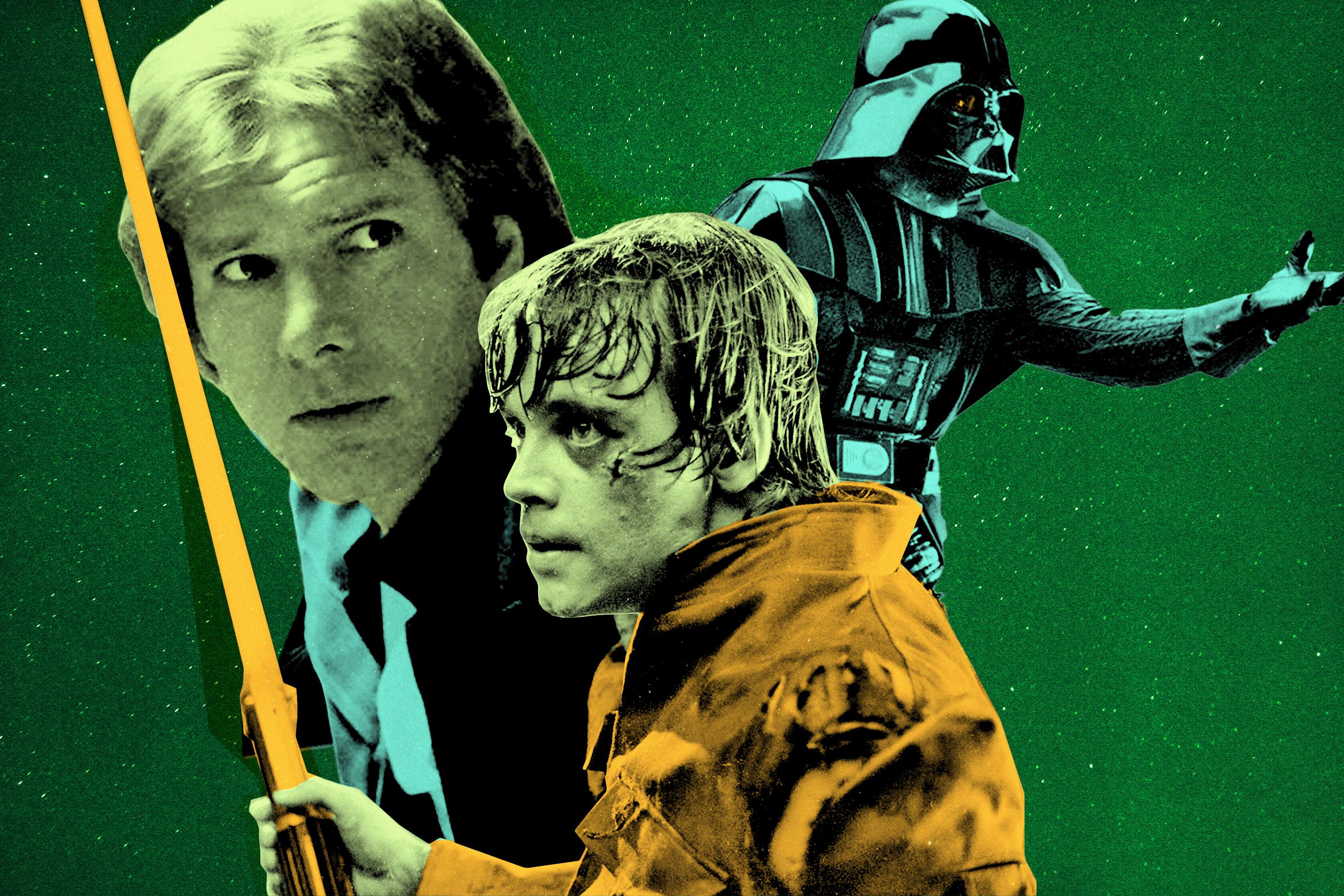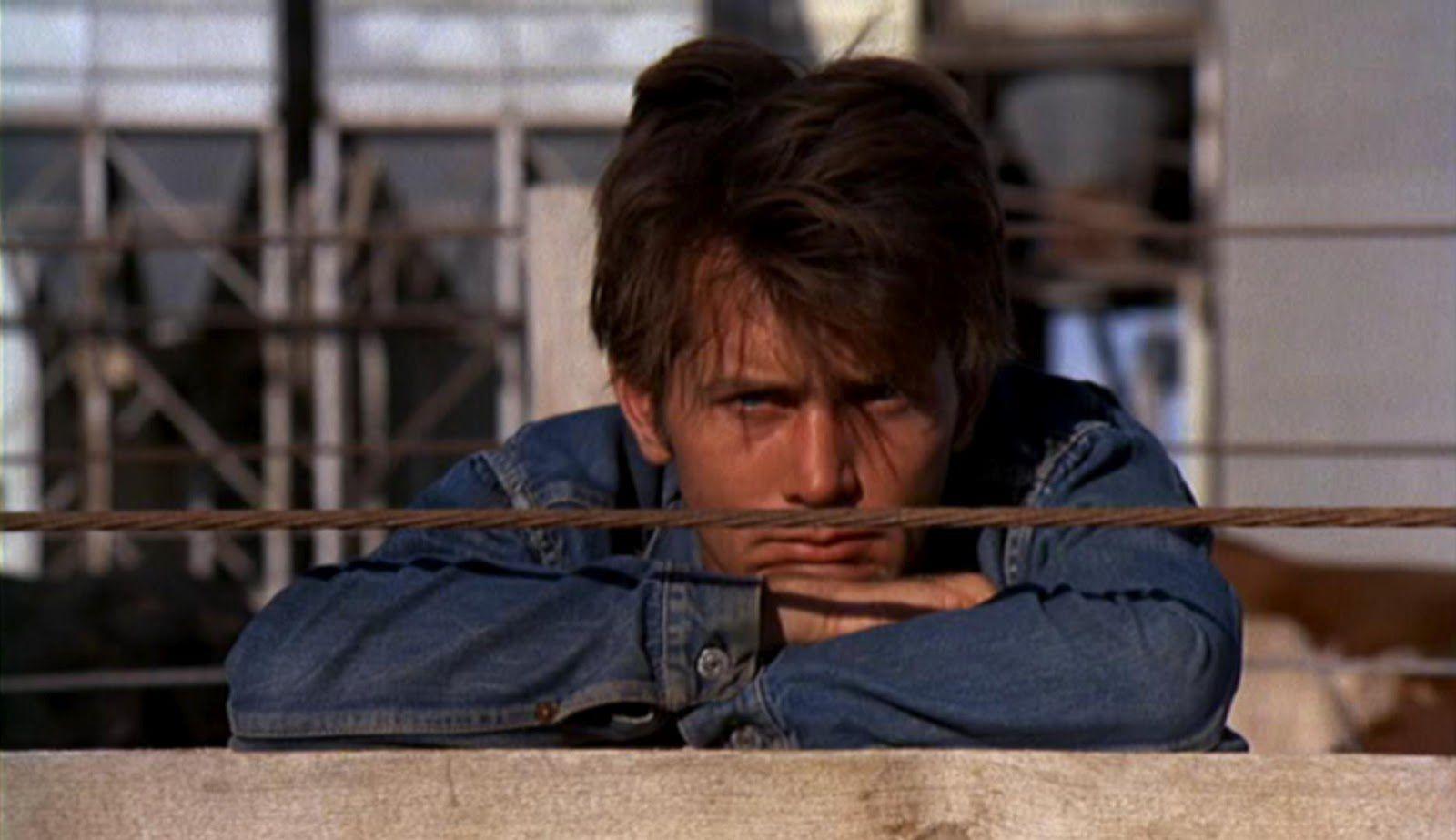
Life comes at you at light speed. If you had asked me this time last week what the most pressing question coming out of the release of Star Wars: The Last Jedi would be, I would have thought it was “Does this movie live up to the batting-second legacy of The Empire Strikes Back?” not “Should this movie be shot out of the canon from an Ion cannon?”
Last Jedi writer-director Rian Johnson and I are about the same age, so we’ve likely been thinking about The Empire Strikes Back for roughly the same amount of time. Empire looms large, not only in the Star Wars universe, but as a proof of concept for film franchises, full stop. Free of the construction work of the opening film and the need for resolution in the final installment, the second movie can explore character and feeling. It can push audiences, anticipating that the third film can do the comforting. Empire is the smart Star Wars movie, the adult Star Wars movie, the dark Star Wars movie. When discussing the tone of the first two Star Wars movies, A New Hope and Empire, editor Paul Hirsch commented to the film site Cinephilia and Beyond, “We thought we were making it for kids. We didn’t realize that it would touch the child in everyone.” I would respectfully rearrange that: The Empire Strikes Back is actually a movie for kids feeling the onset of adulthood. Johnson was acutely aware this of when he took the job of writing and directing The Last Jedi.
In some ways, The Last Jedi is a perfect Empire Strikes Back remake, just not in the way we usually think of remakes. It follows the narrative structure (characters separate, go on missions, and reunite having learned something) and borrows some of the same emotional beats (parental betrayal, loss, confronting your darker impulses, sacrifice) while also tweaking them. Johnson treats Empire like a musical standard. You will recognize the melody (the cave in Empire is the pit in The Last Jedi, etc.), but it’s what the artist does within the confines of the song that matters.
Johnson is aware that people will view his movie through the prism of the most critically acclaimed Star Wars film, and he has been open about the similarities. He told Entertainment Weekly that “Rey is off in a remote location with a Jedi master, and the Resistance is in a tough spot, and we’re intercutting those stories. By its very nature, there are some structural parallels. But these are new characters, they’re dealing with new things, and that ultimately is what defines the movie. So I think that’s going to be unique.”
In some ways, it is. Where the original Star Wars trilogy was defined by fathers and sons, there is a shift toward matriarchal power in The Last Jedi. Almost all the major acts of heroism in The Last Jedi are committed by Carrie Fisher’s Leia Organa, Laura Dern’s Amilyn Holdo, Kelly Marie Tran’s Rose Tico, and, of course, Daisy Ridley’s Rey. And in the context of Star Wars movies, Johnson’s film is visually and tonally radical. It moves faster and is cut quicker than any other film in the series, and it owes more to Sam Raimi and the Coen brothers (and William Wellman, apparently) than J.J. Abrams or George Lucas. Domhnall Gleeson is practically a Raising Arizona character, and the smash-bang whip-pan-zoom feeling of the action has an Evil-Dead-with-a-billion-dollar-budget kind of energy.
You can read the relentless, caffeinated filmmaking as a reaction to the Star Wars films that have come before it. Viewed together, The Last Jedi feels like a doorstopper novel, almost Pynchonian in the way it bursts with ideas; Empire feels like a slim novella that hits like a brick—it’s James Joyce’s “The Dead.” The Last Jedi has bits—holding for Hux, porgs in space. Empire has quips—the script, a draft of which was written by The Big Sleep and Rio Bravo screenwriter Leigh Brackett, has the droll sarcasm of a ’40s crime film.
The Empire Strikes Back is quiet compared to The Last Jedi. It saves the screaming for the daddy issues at the end. After the escape from Hoth, it is mostly made up of scenes featuring two or three characters. People are stuck on swamp planets eating gnarly stew and lifting rocks with their minds, or they’re trapped in a broken-down spaceship in an asteroid belt, ducking the Empire.
It is in this relative lack of busyness that the thematic weight of the movie is felt. Empire is about lots of things—purpose, sacrifice, love, friendship, droid repair. A few people make a lot of very important decisions—Han Solo takes Princess Leia to Bespin; Luke drops out of training to save them, against Yoda’s wishes; Darth Vader makes a play for Luke by revealing himself as his father—and they have profound consequences (carbonite freezing, loss of a hand). By clearing out all the noise, the centrality of the four main characters—Han, Leia, Luke, and Vader—is made all the more apparent. What’s happening to them really feels like it’s happening to the entire galaxy. The importance of what is taking place on Dagobah and in Cloud City, to these few characters, feels enormous. Han and Leia go through enough traumatic experiences (can we talk about the friggin’ bats that attack the Falcon?) and have enough downtime that their romance feels authentic, and his “I know” hits like a hammer.
I’ve read lots of critiques of The Last Jedi, and for the most part I gave them a wave and said, “These are not the takes you’re looking for.” But it is a very, very busy and loud movie, and if it weren’t for the major set pieces—the bombing run, the throne room battle, Holdo’s light-speed jump—I might not feel so warmly toward it. Practically every scene, with the exception of the Ahch-To sequences, is stuffed with character and action, and it’s sometimes hard to know what matters.
The most Empire scenes in The Last Jedi are the psychic bridge moments between Rey and Kylo Ren. They are intimate and articulate, and carry an emotional ambiguity that gives the movie a heaviness it would otherwise lack. These are just two kids trying to figure out where they fit into the galaxy, grappling with the realization that they are both powerful enough to save or destroy it. This is where The Last Jedi dramatically breaks away from what has come before it. In The Empire Strikes Back, as Luke takes off from Dagobah to save his friends, the ghost of his first mentor, Obi-Wan Kenobi, says, “That boy is our last hope.” To which Yoda, who has been training Skywalker throughout the film, responds, “No, there is another.”
That “other” was Leia, Luke’s sister. The siblings have a conversation in Return of the Jedi, but it’s centered around who their father is more than Leia’s burgeoning powers.
It’s a truncated interaction, with Luke racing off to have his final confrontation with his father. The scenes between Kylo Ren and Rey (no, they aren’t siblings, or at least that’s what we’re told … for now) imagine a world where these two incredibly powerful and extremely confused young people could actually talk it out. The Last Jedi does this brilliantly: returning to motifs from previous Star Wars films, and exploring it from a different angle.
George Lucas’s original Star Wars trilogy was a space-race distillation of Joseph Campbell’s study of the hero’s journey, Westerns, Biblical allegory, Akira Kurosawa’s samurai action films, and the matinee sci-fi adventures that Lucas loved as a child. You know what’s replaced all those things since the release of Return of the Jedi in 1983? Star Wars. Star Wars is the text now; it’s the reference point, the mythology, and the place where we jump off from.
All of which puts perhaps the best scene in The Last Jedi in a different light.

“Let the past die,” Kylo Ren says to Rey, during a particularly tender moment in the homestretch of the movie. “Kill it, if you have to. That’s the only way to become what you are meant to be.” What a romantic. He sounds like the James-Dean-as-serial-killer Kit Carruthers in Terrence Malick’s Badlands, which makes sense. After all, he and Rey have just gone on a killing spree in Supreme Leader Snoke’s throne room.
It’s pretty convenient to swap in The Last Jedi writer-director Rian Johnson’s voice for Ren’s here. But you can never quarantine the past. And Rian Johnson knows that. Because of his independent film pedigree, some might have been expecting him to wildly subvert the franchise, to rearrange all the pieces on the chessboard. But Star Wars has never been about original storytelling, it’s about recontextualizing myths. It’s just that now, Star Wars is the myth. It’s Star Wars that’s being recontextualized. When Kylo and Rey talk, they’re getting to do something Luke and Leia never really got to do. When Leia slaps Oscar Isaac’s Poe Dameron, it’s the comeuppance that Han Solo never received. And when the remaining few Resistance fighters escape the First Order for the last time in the movie, we realize that any victory in this galaxy is Pyrrhic in nature. As Jonathan Tjarks wrote on The Ringer, star wars are endless. These are new lessons from old textbooks. Luke may want to see the old ways go up in smoke, and Kylo Ren may want the past to die, but there are certain stories we never forget. We just tell them in new ways.
The Last Jedi is a movie made by someone deeply in love with the films that came before it. “[I]f you think you’re leaving the past behind or cutting it off, you’re fooling yourself,” Johnson told Slash Film recently. The central tension of the new Star Wars movies is their relationship with the first three films. Producer Kathleen Kennedy and the Lucasfilm Story Group are trying to determine how fast and how far you can go forward while keeping the past in view. They are making movies not just for fans who were raised on Star Wars, who had their minds blown by A New Hope and had their hearts broken by The Empire Strikes Back, but for the children of those fans who care more about Rey than they ever will about Luke Skywalker.
We have anthology films that have mined (or are rumored to) the margins of the original films (last year’s Rogue One, next year’s Solo, possible one-off movies about Obi-Wan Kenobi and Boba Fett). Maybe future directors and writers will tell a totally different story. They will get away from powerful children and ruined parents, abandon empires and rebellions. Rian Johnson’s recently announced new trilogy of movies will supposedly explore new corners of the Star Wars universe. But maybe he doesn’t have to stray too far. If it’s about the Broom Kid on Canto Bight, it’s starting in more or less the same place A New Hope did: with an orphan and a dream.

